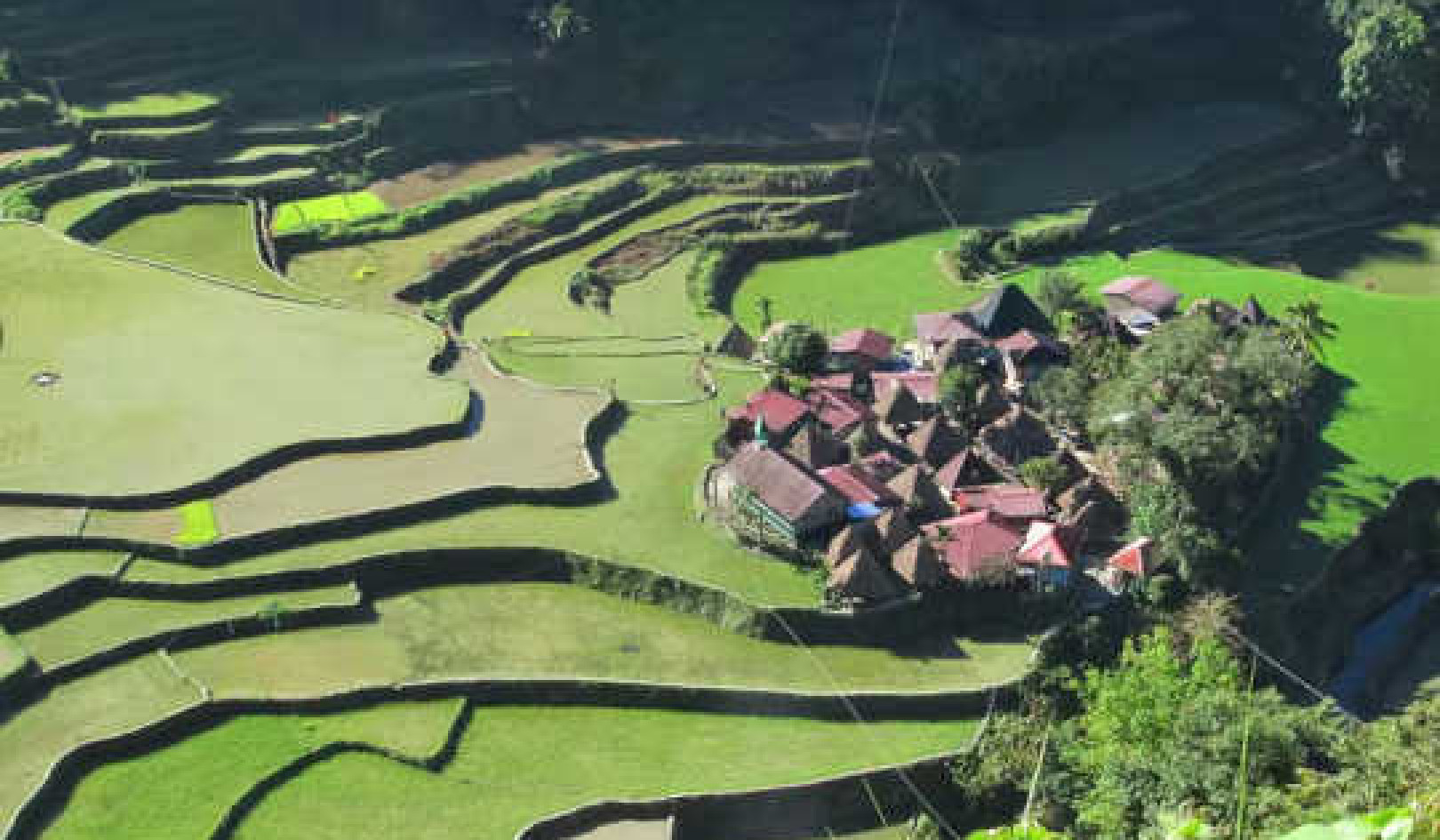 Élet a bolygó utolsó üvegházi időszakában, az eocénben. Jay Matternes / Smithsonian Múzeum, CC BY
Élet a bolygó utolsó üvegházi időszakában, az eocénben. Jay Matternes / Smithsonian Múzeum, CC BY
A szén -dioxid -koncentráció az elmúlt 200 millió évben nem látott értékek felé halad. A nap is fokozatosan erősödött az idő múlásával. Ezek a tények együttesen azt jelentik, hogy az éghajlat az elmúlt félmilliárd évben nem tapasztalt melegség felé tarthat. ![]()
A lot has happened on Earth since 500,000,000BC – continents, oceans and mountain ranges have come and gone, and complex life has evolved and moved from the oceans onto the land and into the air. Most of these changes occur on very long timescales of millions of years or more. However, over the past 150 years global temperatures have increased by about 1?, ice caps and glaciers have retreated, polar sea-ice has melted, and sea levels have risen.
Néhányan rámutatnak arra, hogy a Föld éghajlata igen hasonló változásokon ment keresztül korábban. Szóval mi a nagy baj?
A tudósok megpróbálhatják megérteni a múlt éghajlatát, ha megnézik a kőzetekbe, üledékbe és kövületekbe zárt bizonyítékokat. Ez azt mondja nekünk, hogy igen, az éghajlat megváltozott a múltban, de a változás jelenlegi sebessége igen nagyon szokatlan. Például a szén -dioxid legalább olyan gyorsan nem került a légkörbe, mint ma, legalábbis a múltban 66 millió év.
In fact, if we continue on our current path and exploit all convention fossil fuels, then as well as the rate of CO? emissions, the absolute climate warming is also likely to be unprecedented in at least the past 420m years. That’s according to a new study we have published in Nature Communications.
In terms of geological time, 1? of global warming isn’t particularly unusual. For much of its history the planet was significantly warmer than today, and in fact more often than not Earth was in what is termed a “greenhouse” climate state. During the last greenhouse state 50m years ago, global average temperatures were 10-15? warmer than today, the polar regions were ice-free, pálmafák nőttek az Antarktisz partján, és aligátorok és teknősök mocsári erdőkben heverésztek a mai fagyott kanadai sarkvidéken.
Ezzel szemben a jelenlegi felmelegedés ellenére technikailag még mindig „jégház” éghajlati állapotban vagyunk, ami egyszerűen azt jelenti, hogy mindkét póluson jég van. A Föld természetesen körülbelül 300 millió évente ciklusozott e két éghajlati állapot között.
Just prior to the industrial revolution, for every million molecules in the atmosphere, about 280 of them were CO? molecules (280 parts-per-million, or ppm). Today, due primarily to the burning of fossil fuels, concentrations are about 400 ppm. In the absence of any efforts to curtail our emissions, burning of conventional fossil fuels will cause CO? concentrations to be around 2,000ppm by the year 2250.
This is of course a lot of CO?, but the geological record tells us that the Earth has experienced similar concentrations several times in the past. For instance, our new compilation of data shows that during the Triassic, around 200m years ago, when dinosaurs first evolved, Earth had a greenhouse climate state with atmospheric CO? around 2,000-3,000ppm.
Tehát a magas szén -dioxid -koncentráció nem feltétlenül teszi lakhatatlanná a világot. A dinoszauruszok végül is virágoztak.
Ez azonban nem jelenti azt, hogy ez nem nagy ügy. Kezdetnek kétségtelen, hogy az emberiségnek komoly társadalmi-gazdasági kihívásokkal kell szembenéznie a drámai és gyors klímaváltozás ami a 2,000 -ről vagy több ppm -re történő gyors emelkedésből adódik.
But our new study also shows that the same carbon concentrations will cause more warming in future than in previous periods of high carbon dioxide. This is because the Earth’s temperature does not just depend on the level of CO? (or other greenhouse gases) in the atmosphere. All our energy ultimately comes from the sun, and due to the way the sun generates energy through nuclear fusion of hydrogen into helium, its brightness has increased over time. Four and a half billion years ago when the Earth was young the sun was around 30% less bright.
So what really matters is the combined effect of the sun’s changing strength and the varying greenhouse effect. Looking through geological history we generally found that as the sun became stronger through time, atmospheric CO? gradually decreased, so both changes cancelled each other out on average.
De mi lesz a jövőben? Nem találtunk olyan időszakot, amikor a klímát okozó tényezők, ill klíma kényszerítő, olyan magas volt, mint a jövőben, ha az összes rendelkezésre álló fosszilis tüzelőanyagot elégetjük. Semmi hasonlót nem rögzítettek a rocklemezben legalább 420 millió éve.
A geológiai tudomány központi pillére az egységes elv: that “the present is the key to the past”. If we carry on burning fossil fuels as we are at present, by 2250 this old adage is sadly no longer likely to be true. It is doubtful that this high-CO? future will have a counterpart, even in the vastness of the geological record.
A szerzőkről
Gavin Foster, az izotóp geokémia professzora, Southamptoni Egyetem; Dana Royer, a Föld- és Környezettudományok Tanára, Wesleyan Egyetemés Dan Lunt, a klímatudomány professzora, Bristoli Egyetem
Ezt a cikket eredetileg közzétették A beszélgetés. Olvassa el a eredeti cikk.
Kapcsolódó könyvek
at InnerSelf Market és Amazon






















